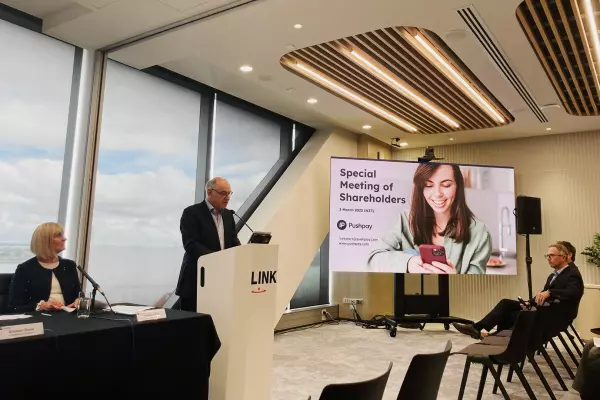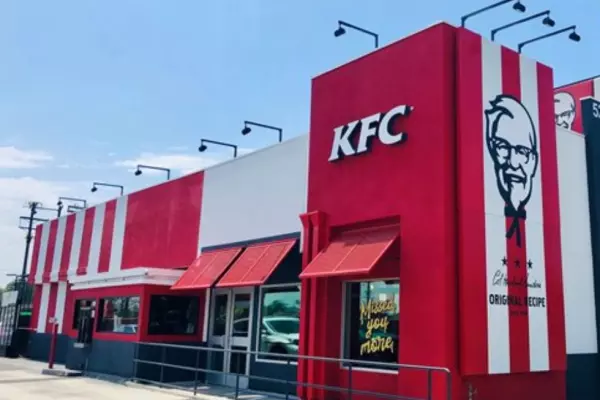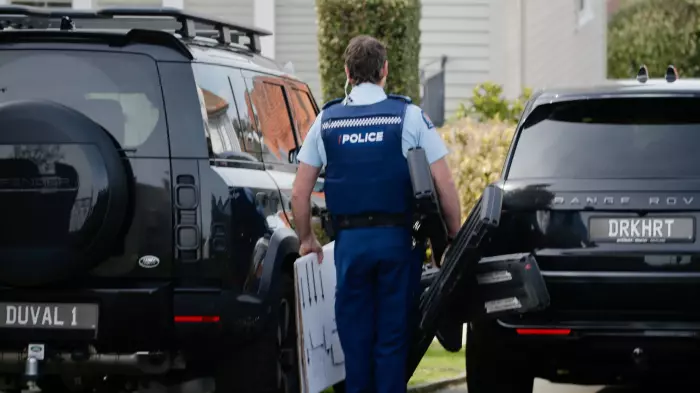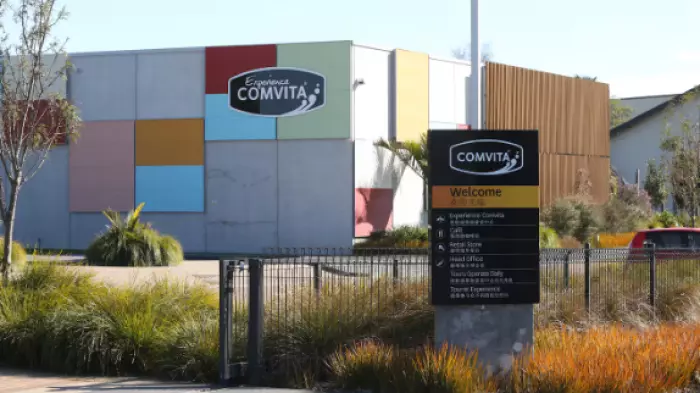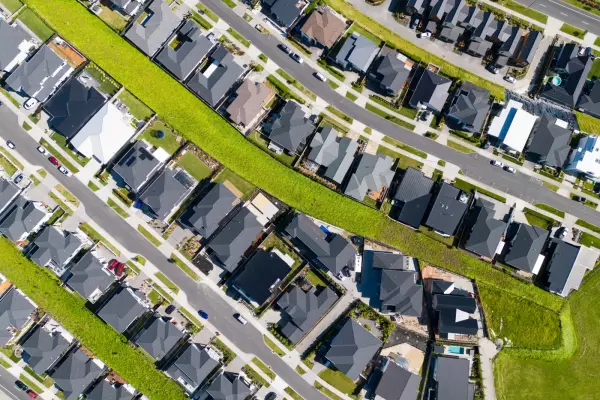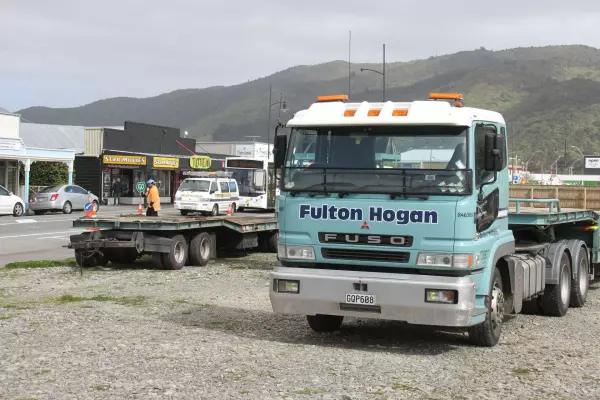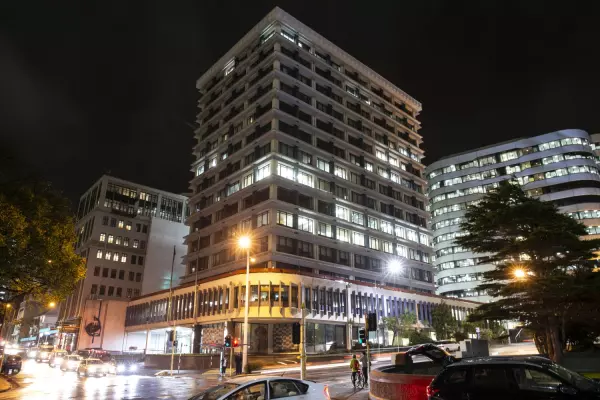As the country's workers clamour to go back to work, many having used up their annual leave in the lockdown, and as unemployment benefit claims have risen to 1,000 a day, their fellow citizens in the tourism industry just want them to go on holiday.
After a few months from hell, the New Zealand tourism industry will learn – perhaps as early as next Thursday – when that will happen.
And the industry has reason to be happy because the holidaymakers won’t be able to leave the country.
Today’s announcement by Prime Minister Jacinda Ardern that domestic travel for non-essential reasons – basically for holidays, family visits or normal work reasons – is permitted, is a soothing balm on the fevered brow of a desperately disrupted industry.
Not only will there have been seven weeks of lockdown and no business – if the country moves to alert level 2 next week – but the tourism industry had already been suffering a tsunami of cancellations from international travellers since the covid-19 pandemic started making headlines back in January.
So far, fewer than two percent of tourism businesses are planning to close, according to a survey of 569 members of the Tourism Industry Association. However, as much as half of the industry’s workforce may be facing unemployment and many hotels and international tourist attractions are effectively in hibernation.
While Australian Prime Minister Scott Morrison said just this week that he hoped the trans-Tasman travel ‘bubble’ could be up and running in time for the July school holidays, many operators say they are facing years to build their businesses back up.

The story so far
New Zealand’s tourism industry has been on an upward trajectory for the past three decades, growing from just one million annual visitors in the 1990s to almost four million last year.
According to economic research consultancy Business and Economic Research Limited the number of international arrivals in January was 410,000 but early in April, the number was virtually zero. Now it could be considered a “triumph” if 2020 sees a total above one million.
With covid-19 ostensibly ‘eliminated’ in New Zealand, the industry is steeling for a cold winter and hoping frozen but once viable businesses can hold on long enough to be there for the thaw.
Tourism New Zealand, which has seen great success in attracting international tourists, has been tasked with advertising domestic tourism to people who are now less likely to be able to take overseas holidays.
Many tourism businesses are relying on a quick domestic recovery. Local tourism still accounted for 60 percent of the sector’s revenue pre-covid. But the TIA warns that, with New Zealand heading into a harsh recession, domestic tourism will be coming back weaker.
No boom
“We think there can be a good domestic tourism recovery but we shouldn’t be thinking there is a potential boom. It is really just about getting some activity,” chief executive Chris Roberts said.
James Dalglish, managing director at GO Rentals said revenue had “fallen off a cliff” as both domestic and international business had disappeared.
The recovery was hard to predict as there might be some extra demand for domestic travel but it would be offset by the number of people who had lost jobs and used up their annual leave.
“For us, we are running a number of different scenarios but we don’t in the short term expect domestic tourism to be coming back anywhere near 100 percent of its full strength,” he said.
“And the businesses that do come out the other side will all be competing for the same, smaller pot.”
From world-class to middle class
The competition for this diminished domestic market will be tense, as international tourism businesses look inward for the next 18 months.
Already, for example, exclusive Huka Lodge near Taupo – an occasional retreat for royals and well-heeled global fly-fishing enthusiasts - is emailing Aucklanders with special getaway deals now level 2 is approaching.
 Ryan Sanders
Ryan Sanders
Ryan Sanders, who operates Auckland-based Haka Tours, said he expected an increase in domestic tourism but not enough to go around.
“If you look at the number of operators in New Zealand who are relying on that domestic boom versus the number that will travel, there is an enormous shortfall.”
Haka Tours – who were lauded as the fastest-growing tourism business of 2019 – previously operated 98 percent of its business for the international market but will now be chasing a slice of the domestic market.
Hibernation vs closure
Despite this, Roberts said the vast majority of tourism businesses were intending to stay operational.
“I’ve been pleasantly surprised by how strong the desire is to hold on and still be here. But the realities will hit home as revenue doesn’t appear and costs mount.”
The warning signs could be seen in the job losses, which were already beginning to mount. Roberts said about half of all employees would be laid off.
“There are 230,000 people directly employed in tourism, so that is 115,000 jobs gone. Then there are another 164,000 indirectly employed by tourism - some of those jobs will go as well. We are thinking anywhere up to 200,000 jobs could disappear,” he said.
Of the businesses surveyed, 78 percent said they were taking “major steps” to reshape their business and although only 1.4 percent were contemplating closure, one-third were planning for corporate hibernation.
 Chris Roberts
Chris Roberts
The supermarket impact
This would spread beyond what were thought of as “tourism” businesses. Roberts said the biggest tourism business in the Nelson/Tasman region was one of the supermarkets.
“The tourism spend there is greater than any other single tourism attraction. A relatively small amount of the tourist dollar goes on what you may think of as tourism – it spreads out incredibly widely.”
Rob Jewell, chief executive of Fox Glacier Guiding, is one of many operators calling for an extension to the wage subsidy to stem these job losses and help shore up the industry for the recovery.
Holding key staff
The tours on to the glacier were led by experienced guides who had received “significant” training. For Jewell, holding on to these staff was vital.
“You don’t just stop a business cold and sit around reading the paper,” he said
“We’ll keep the business lukewarm and have a small team working behind the scenes so we can be ready to do a trip for any customers who come through.”
Gerard Hehir, national secretary of Unite Union Aotearoa, said not all business owners shared such a hopeful attitude.
Based on the bleak outlook, hotels began laying off staff even before considering the wage subsidy.
“There was a fair bit of despondency and panic, so we had to work hard to convince some of them to take the wage subsidy,” he said.
“As we come out the other end there are a lot of options there, domestic tourism or a trans-Tasman bubble – basically a large captive market if they can’t go anywhere else.”
John Crocker, from Unite Union, said with hotel occupancy looking to be in single-digit figures more redundancies were inevitable as the wage subsidy would out in mid-June.
Change every day
Les Morgan, chief operating officer of Sudima Hotels said finding the correct response to a constantly shifting crisis was an enormous challenge.
“Our team would make a plan in the morning and then by afternoon have to change it. And that was repeated day after day,” he said.
“What is currently happening it is just devastating; I’d estimate anywhere between 70 percent to 80 percent of the hotels are closed. That’s not likely to change any time quickly.”
Many operators were holding back on ‘mothballing’ hotels, hoping for more guidance from the government about wage subsidies, rent relief and trans-Tasman travel.
“The fact is every minute that ticks by leads us closer to making more permanent closures,” he said.
Morgan said the government needed to be more open to sharing information. Being told announcements were coming was “not always helpful.”
Previous pressure
The collapse comes after a period of the government “putting pressure on hoteliers to develop assets”, he said, ahead of marquee events such as the America’s Cup in 2022 and the Apec leaders summit in November 2021.
New Zealand Trade and Enterprise had been pushing its ‘Project Palace’ initiative to stimulate hotel investment in anticipation of a now unimaginable hotel room shortfall.
“It is no one’s fault that we are left ‘high and dry’ but there does need to be appreciation from the government that the sector has so much at stake,” Morgan said.
Go Rentals’ Dalglish said he was forecasting the year’s revenue might be anywhere between 15 percent and 30 percent of previous revenues and the outcome would be dependent on whether the international border was able to reopen.
“If over the third quarter of this year we see a joint New Zealand and Australia initiative, it wouldn’t be unthinkable that we would get an accelerated amount of that business as Aussies are unlikely to be able to go anywhere other than New Zealand.”
Haka Tours' Sanders said 40 percent of his tours came from the Australian market and might be enough to keep the operator afloat.
Okkers ahoy!
“The ultimate lifesaver for us would be that trans-Tasman bubble. Australia has always been a key market for us. We need it to be opened up,” he said.
Ardern and Morrison have said they aim to ease travel restrictions between the two countries as soon as it is safe to do so but have given little indication of when that may be.
Jewell said beyond Australia, any international tourism recovery would not begin for 18 months. Countries that had the virus under control and could make a direct flight to New Zealand might be the first to return.
“When you look at what happened with 9/11 and SARs, we took some short-term hit, then it built back,” he said.
“We’ve got billions of dollars of planes sitting out there. They can’t mothball them all.”
Although Jewell was confident there would be a recovery, he said it would be a long time before New Zealand got back to four million visitors again.
“It’s going to be a slow burn, anything up to five years,” he said.
 Rob Jewell (L)
Rob Jewell (L)
‘Revenge’ tourism?
However, Jewell does see the potential for a new segment of travellers to emerge in response to covid-19: the ‘revenge tourist’.
He defined revenge tourists as people who had missed trips because of the pandemic who would have a new determination to get out and claim agency back over their lives.
“My days are all melting into one and I’m holed up in my office all day. I can’t wait to get back out on to the glacier,” he said.
Announcing the resumption of domestic travel at alert level 2 today, Ardern said she had received a message from just such a traveller: a woman who had messaged her to say that as soon as she could she’d be “getting a haircut and going for a holiday somewhere in New Zealand.”
She can rest assured, there is an army of moteliers waiting to assist, with a vengeance.
Additional reporting by Pattrick Smellie



